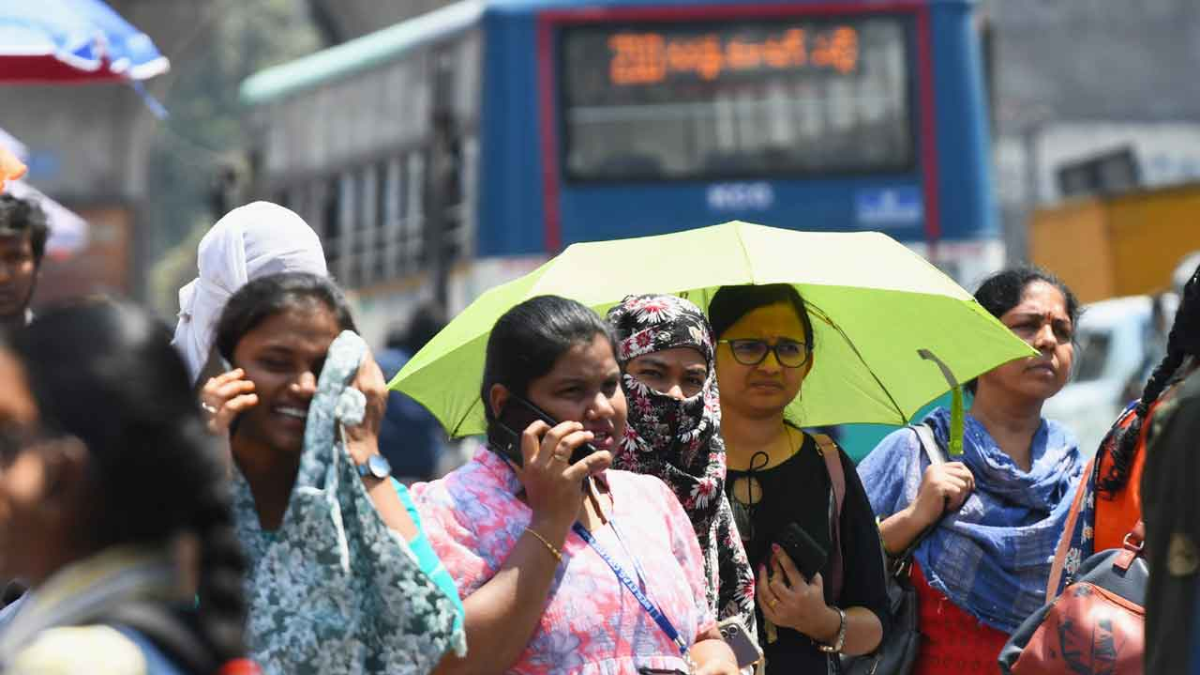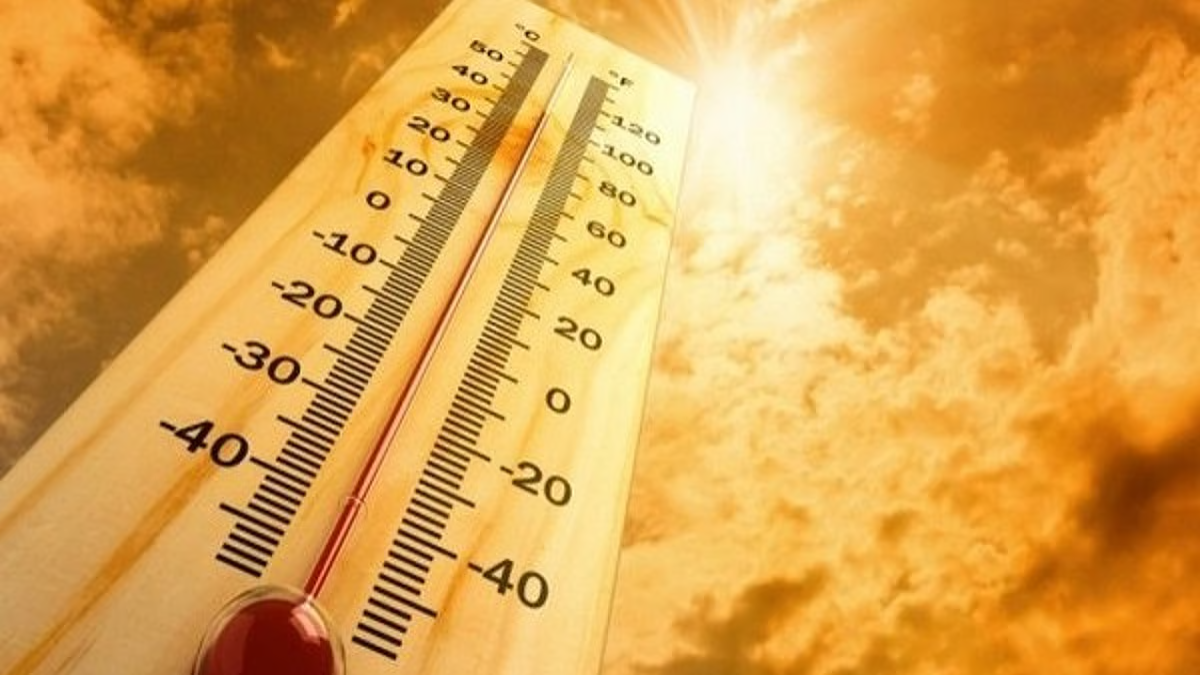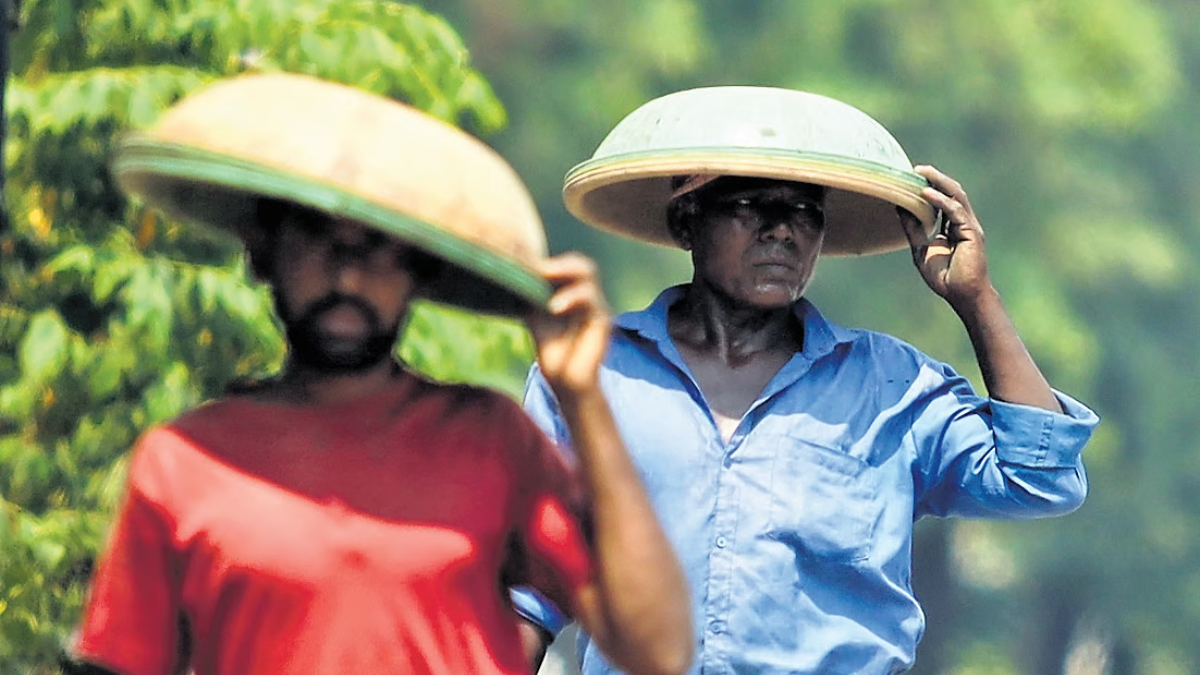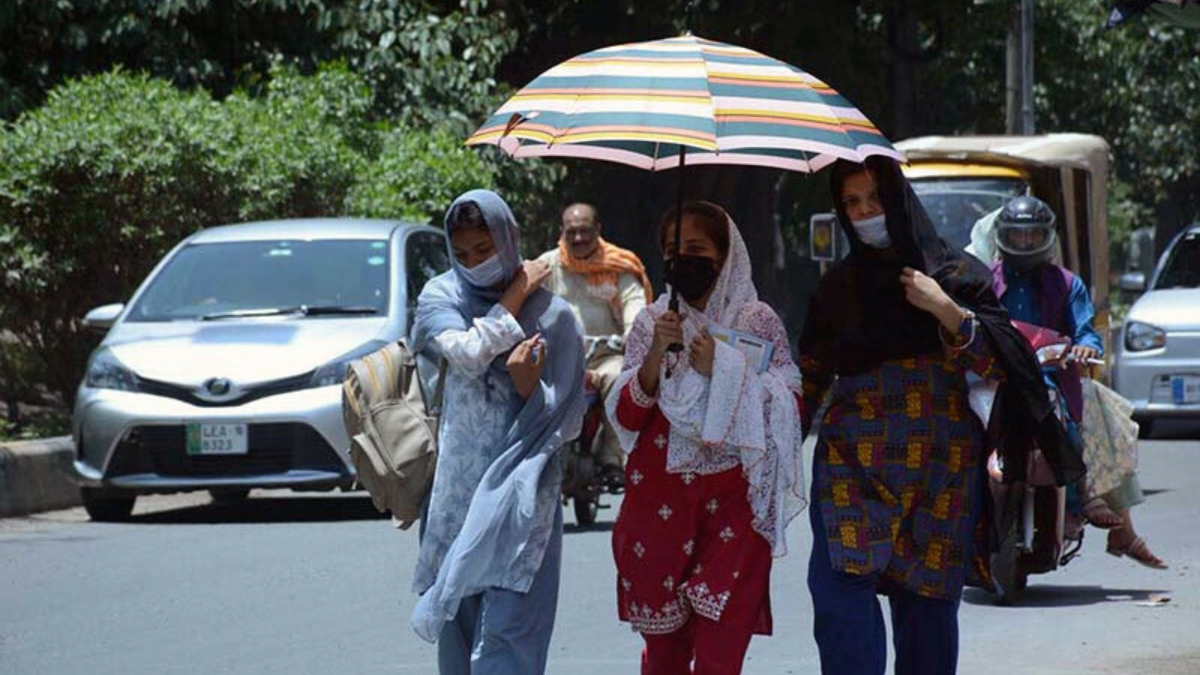
As summer temperatures soar across India, Telangana is bracing itself for what could be the most intense and prolonged heatwave in recent history. The state has already witnessed alarming weather conditions in 2024, with over 10 fatalities attributed to extreme heat. Health authorities have warned that 2025 may bring even more extreme temperatures, raising concerns about the safety and well-being of the state’s population. The Indian Meteorological Department (IMD) has forecasted above-normal heatwave days in Telangana from April to June, exacerbating an already worrying public health situation.
Table of Content:-
Telangana Heat Action Plan: Preparing for the Worst
In response to the escalating threat, the Telangana government has rolled out an extensive Heat Action Plan (HAP) for 2025. This plan is aimed at safeguarding the health of the state’s 35 million residents, with particular emphasis on the 16 million people living in high-risk zones. Telangana's rising temperatures have caused alarm, with authorities recognising that extreme heat is no longer a sporadic event, but an ongoing and intensifying public health hazard.

The data from the Telangana State Development Planning Society (TGDPS) underscores the severity of the situation. For instance, in 2024, Nalgonda district saw up to 81 heatwave days—the highest in a decade—while districts like Suryapet recorded 54. These numbers reflect the growing frequency and intensity of heatwaves in the state, and officials are concerned that the situation could worsen in the coming months.
Also Read: 14-Year-Old Vaibhav Suryavanshi Shatters Multiple IPL Records; Decoding His Diet And Fitness Secrets
IMD Forecasts Dangerous Conditions: Orange Alert Issued
On April 29, 2025, the IMD issued a forecast predicting dry, scorching weather across Telangana for the following days. To mitigate the effects of the impending heatwave, the IMD has issued an orange alert for 18 districts in the state. The orange alert, which signals dangerously high temperatures ranging between 41°C and 44°C, will affect areas including Adilabad, Jagtial, Kamareddy, Karimnagar, and others.
The IMD’s warning comes as temperatures continue to rise, triggering concerns about public health. The health department has responded swiftly, releasing an advisory to inform residents of the impending dangers and advising them to take precautions.

Telangana Government's Response: Measures for Public Safety
Dr B Ravinder Nayak, the Director of Public Health & Family Welfare, has assured the public that the government is prepared for the worst. "As part of precautionary measures, the government has made elaborate arrangements by providing special beds, intravenous (IV) fluids, and essential medicines at all public health facilities.
Also Read: Delhi Schools Issue Fresh Guidelines As Scorching Heatwave Grips City
ORS sachets have also been made available with ANMs, ASHAs, and Anganwadi workers to meet any exigencies," Nayak said in a statement. This proactive response underscores the seriousness with which the government is tackling the health risks posed by extreme heat.
Additionally, the state authorities are actively spreading awareness about the dangers of heatstroke and dehydration, advising people to stay indoors during the hottest parts of the day, drink plenty of water, and avoid heavy physical activity.

The Need for Long-Term Solutions
Despite the immediate measures being put in place, the increasing frequency of heatwaves calls for long-term solutions to address the root causes of extreme weather events. Experts warn that without meaningful intervention, the state could face even harsher conditions in the years to come. The Telangana Heat Action Plan is a critical step in mitigating these risks, but it will need to be supported by broader environmental and policy changes to ensure the safety of residents in the long run.
As Telangana prepares for a potentially record-breaking summer, both authorities and residents must remain vigilant. The heatwave’s impact will extend beyond just discomfort, posing serious risks to public health. With the “worst still to come,” the need for preparedness, adaptation, and effective response measures has never been more pressing.
Also watch this video
How we keep this article up to date:
We work with experts and keep a close eye on the latest in health and wellness. Whenever there is a new research or helpful information, we update our articles with accurate and useful advice.
Current Version